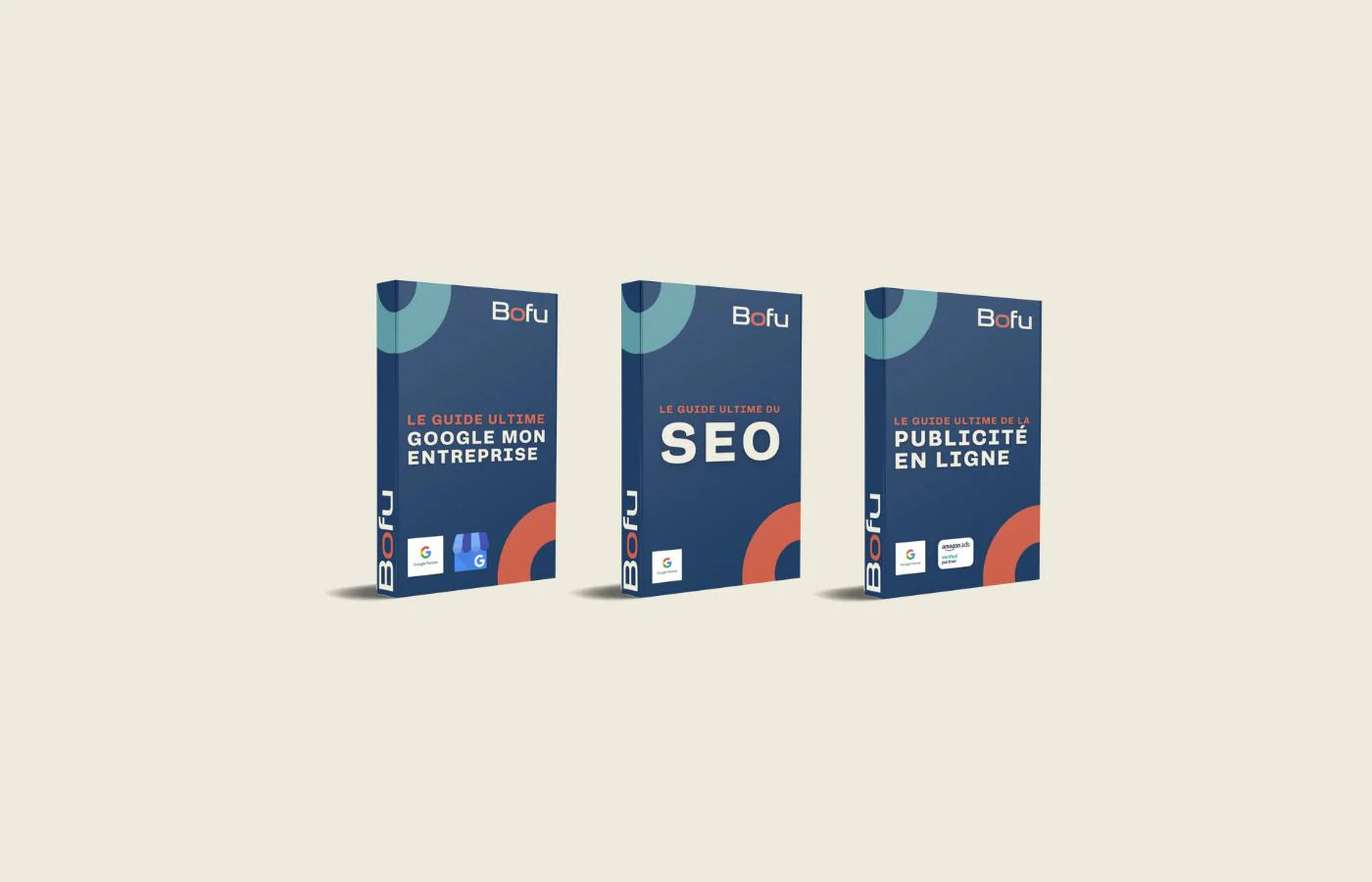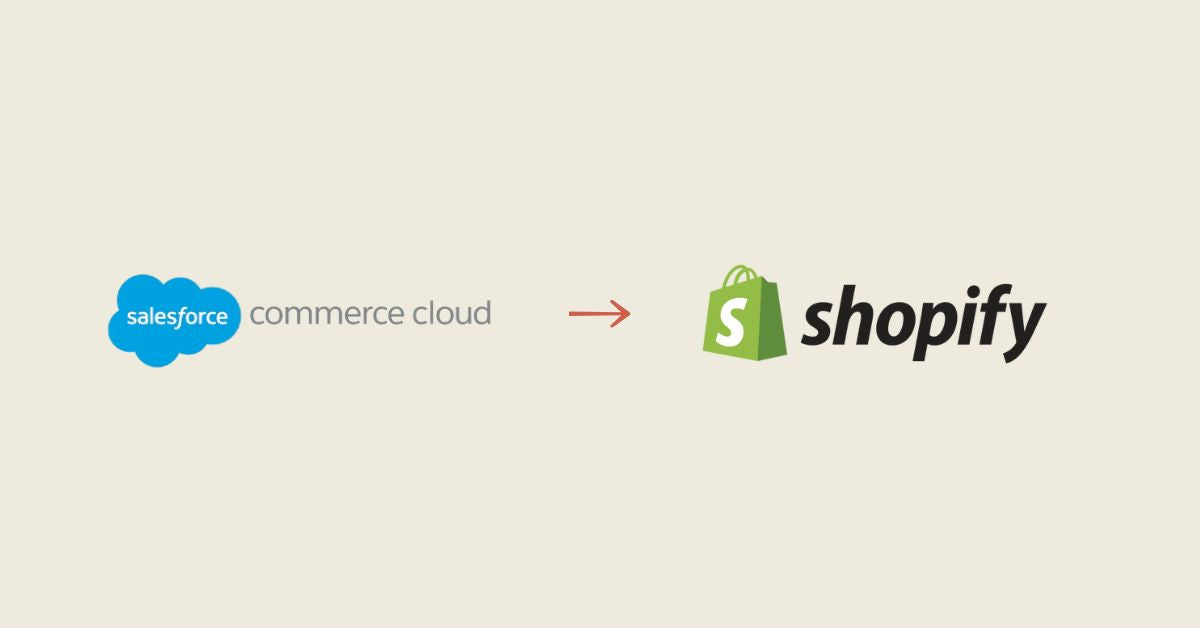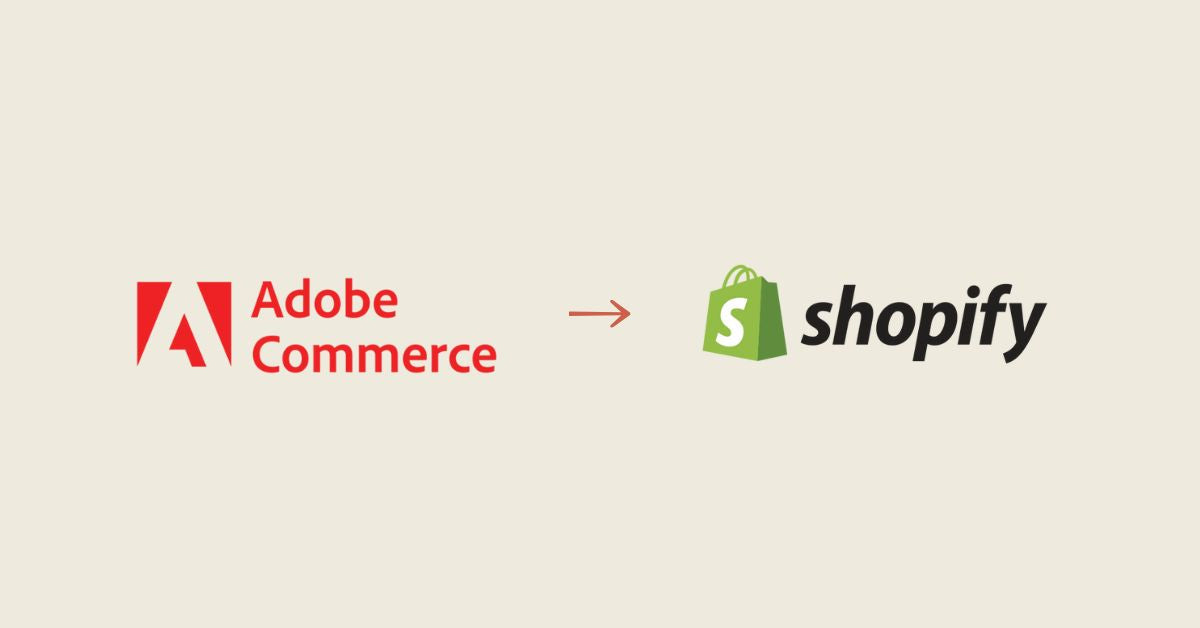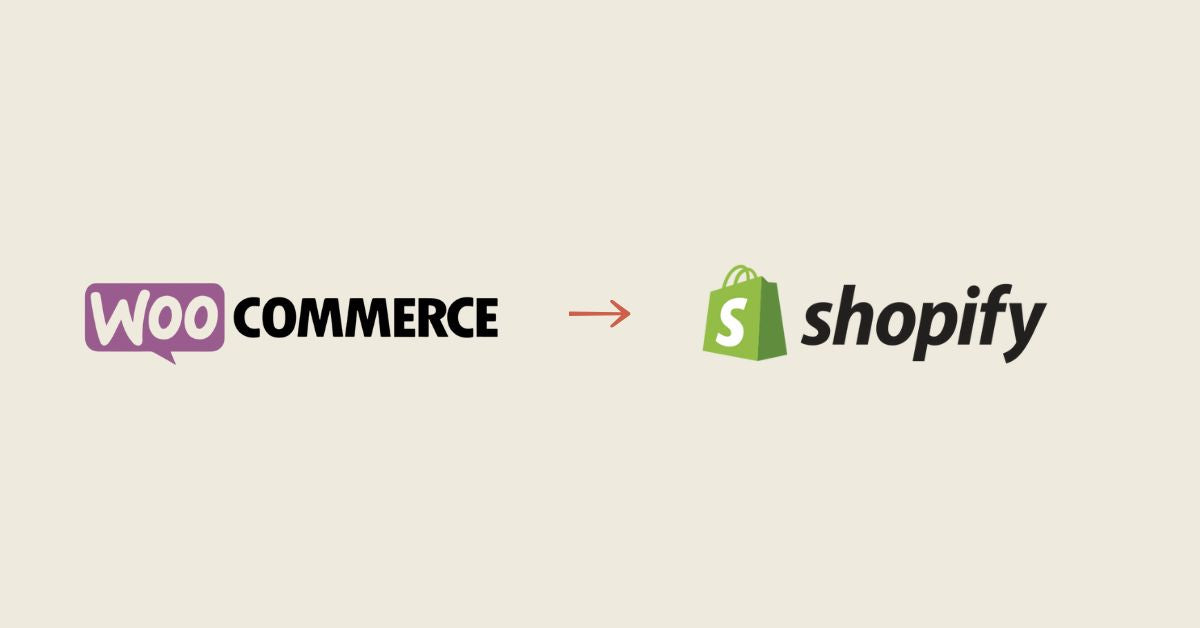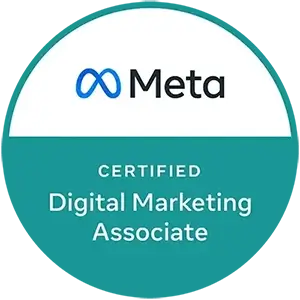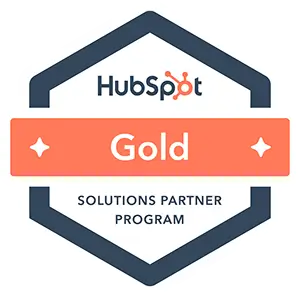Introduction
Answer Engine Optimization (AEO) is the art of optimizing your content to be selected as a direct answer in search engines and digital tools that provide immediate answers to user queries.
Unlike traditional SEO, which aims to rank in organic results, AEO aims to provide THE answer to a specific question—often without the user having to click.
Service, e-commerce, and media companies can leverage AEO to gain visibility, awareness, and even credibility, even if traffic isn't always there .
Objective of the AEO
Be the reference selected by engines like Google (optimized snippets), Bing, Alexa, Siri, or even ChatGPT to answer a specific question, generally asked vocally or in natural language.
Where the AEO applies
| Platform / tool | Response type | Most common format |
|---|---|---|
| Featured Snippets (position 0) | Paragraph, list or table | |
| Bing | Instant response | Paragraph |
| Voice assistants (Siri, Alexa) | Synthetic voice response | Short sentence or text |
| ChatGPT with navigation | Synthesis with source | Paragraph or quote |
SEO vs AEO vs GEO Comparison
| Element | Classic SEO | AEO (Answer Engine) | GEO (Generative Engine) |
|---|---|---|---|
| Main objective | SERP Ranking | Direct response | Response synthesized by AI |
| Result format | Full web page | Short excerpt (snippet) | Generated paragraph, quote |
| Click required | Yes | Sometimes not | Often not |
| Optimal positioning | 1-10 | Position 0 | Source in AI response |
| Recommended markings | Schema Article/Product | FAQ, HowTo, QAPage | Structuring + credibility |
[Suggested screenshot: Featured snippet for a question like “how to choose a business credit card”]
Many companies are already taking advantage of the new opportunities offered by generative engines thanks to the support of a recognized GEO agency that helps them audit and optimize their content.
AEO Best Practices
1. Answer only one question per section
-
Titles in H2/H3 in the form of questions: “How to make a forecast budget?”
-
Immediate response of 40 to 55 words immediately after
2. Structure the data
-
Use bulleted lists or tables if the answer lends itself to it.
-
Create “At a Glance,” “Key Takeaways,” or “Checklist” type summaries
3. Optimize tags
-
Tag the question as an H2 or H3 title
-
Use FAQ-like structured data (Schema.org)
4. Write in clear language, without unnecessary jargon
-
Short sentence, active verb, conversational style if possible
Concrete application for a company
Services
A law firm creates a page:
“What is the difference between a corporation and a sole proprietorship?”
And responds directly under the question with:
A corporation is a separate legal entity, while a sole proprietorship is operated in your personal name, with no legal distinction.
E-commerce
A sports products store adds to its product sheets:
"Can you use these snowshoes for wet snow?" + quick answer with bullet points + FAQ markings
Media
A news site adds a box to each long article with:
“In summary” or “Key takeaways” that can be extracted into a snippet.
Practical example
Customer case
A B2C client in the natural products sector created a series of questions and answers on the effects of active ingredients. The result: 3 answers extracted as featured snippets on Google, a 27% increase in organic clicks on these pages, and increased awareness on long-tail keywords without any advertising investment.
An article titled “How to plant tomatoes in Quebec?”:
-
Starts with a direct answer (temperature, depth, period)
-
Includes a “Planting Calendar by Region” table
-
Benefit from a featured snippet on Google for “When to plant tomatoes Quebec”
Useful tools for AEO
-
AlsoAsked / AnswerThePublic: Identify the exact questions asked
-
SEMrush / Ahrefs: see existing featured snippets
-
Google Search Console: Track clicks on featured snippets
-
Google Schema Markup Validator: Validate FAQ or HowTo tags
Indicators to follow
| KPI | Recommended tools |
|---|---|
| Appearances in position 0 | SEMrush, Ahrefs, Search Console |
| Clicks on featured snippets | Google Search Console |
| Content-targeted questions | AnswerThePublic, AlsoAsked |
| Valid structured data | Rich Results Test, Schema.org |
To remember
-
AEO is about immediately answering specific questions.
-
Google rewards clarity, conciseness, and logical structure.
-
AEO-optimized content gains authority even without clicks.
Common mistakes to avoid
-
Ask a question without answering it immediately afterward
-
Answers too long or too vague
-
Content that is too promotional or not objective
-
Lack of markup (FAQ, HowTo, etc.)
Quick Glossary
-
Featured Snippet : extracted response displayed before organic results
-
FAQ schema : markup for structuring questions/answers
-
Position 0 : box visible at the very top of Google results
-
Long tail : very specific query often in the form of a question
Complete AEO Checklist
-
Each page targets a clear question in H2 or H3
-
A direct response follows immediately (40-55 words max)
-
FAQ Schema tags are used for relevant sections
-
Lists or tables are added where appropriate
-
The style is clear, neutral, concise and factual
-
Each content has a specific intention (informational, comparison)
When to prioritize AEO in your strategy?
AEO should be a priority for your business if:
-
Your industry is heavily based on FAQs (e.g., law, finance, health, education)
-
You sell complex products or services that require explanations
-
You are targeting an audience that performs voice searches (mobility, accessibility, B2C)
-
You want to build your authority or brand awareness by appearing in instant replies
-
You already have good technical SEO and want to gain visibility without relying solely on ranking
Conclusion
AEO is an opportunity to become the "digital advisor" in your industry. If you're the best answer, you'll be featured—sometimes without the user even having to click.
Optimizing for answer engines is all about being useful. And in the age of AI, usefulness is the new SEO.
LEARN MORE
You're viewing one part of our comprehensive guide to SEO in the age of artificial intelligence , a must-read for understanding how to adapt your digital strategy to new search engines, generative AI, and the modern user experience.
Access the main guide here:
The SEO Guide to the Age of Artificial Intelligence
Continue reading with the specialized sub-articles:
-
GEO – Generative Engine Optimization : How to appear in answers generated by Google SGE, Bing Copilot or Perplexity.
-
AIO – AI Indexing Optimization : Optimize your site structure for AI-driven indexing algorithms.
-
SXO – Search Experience Optimization : Transforming search into conversion through a seamless, user-centric experience.
